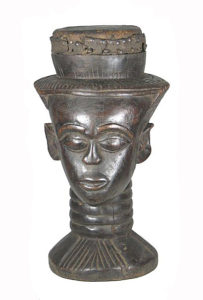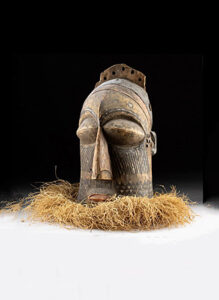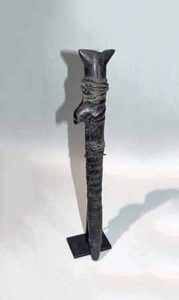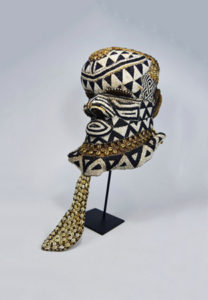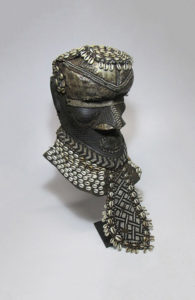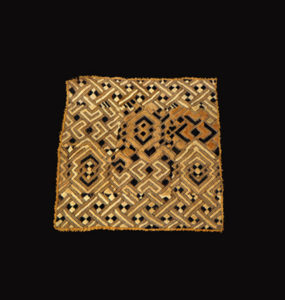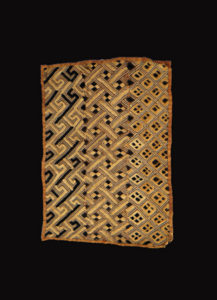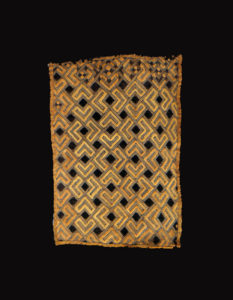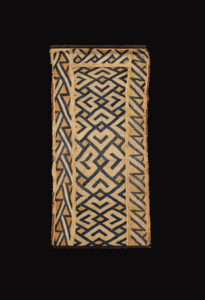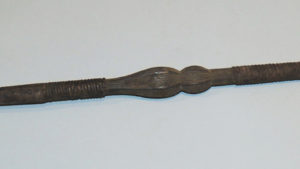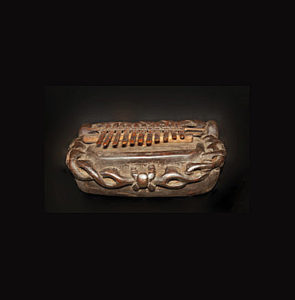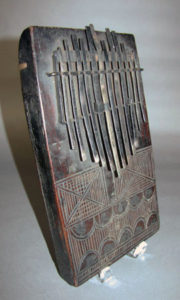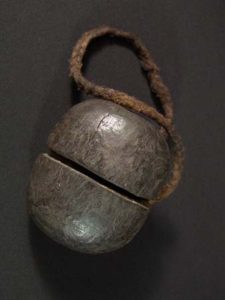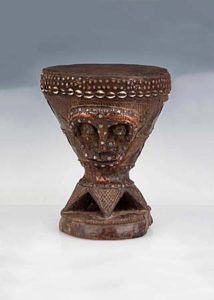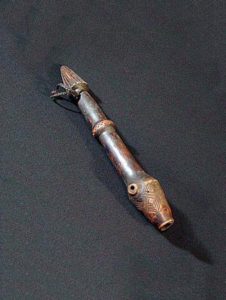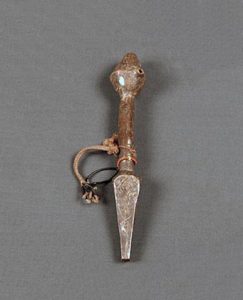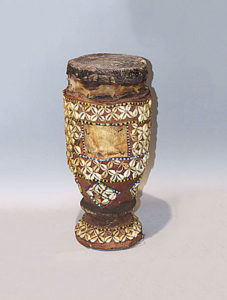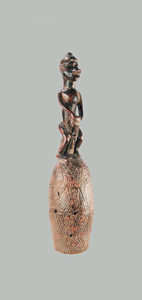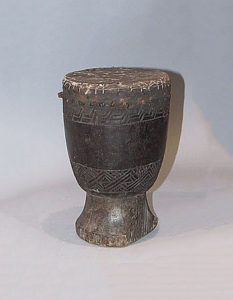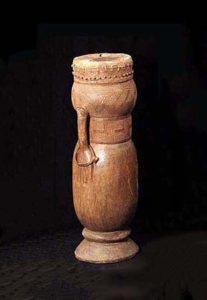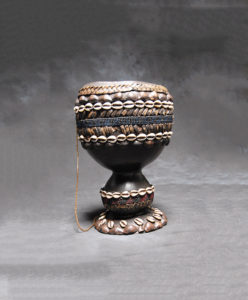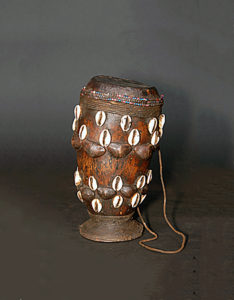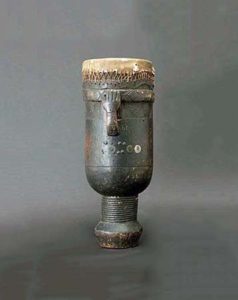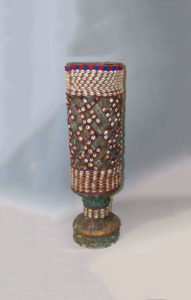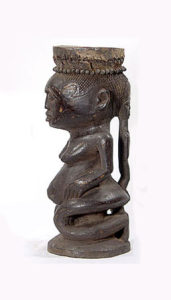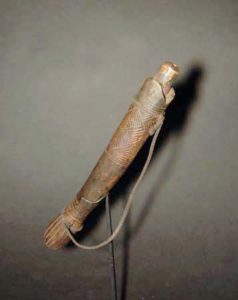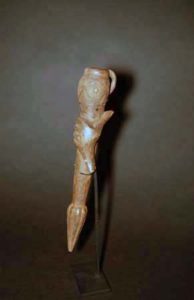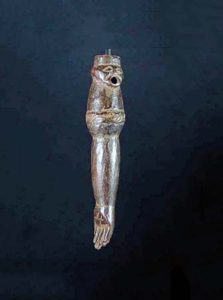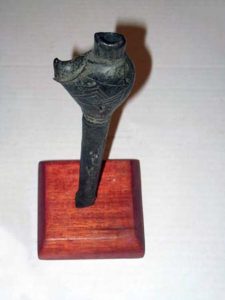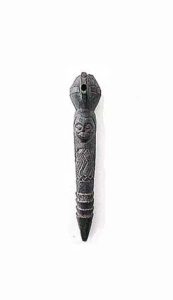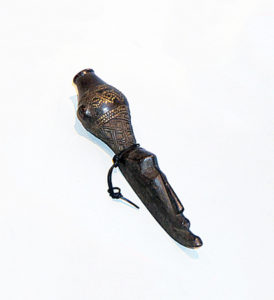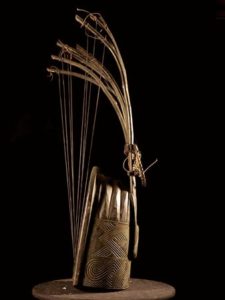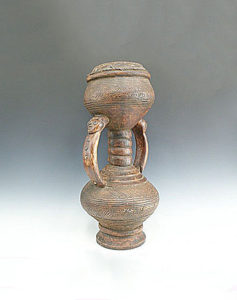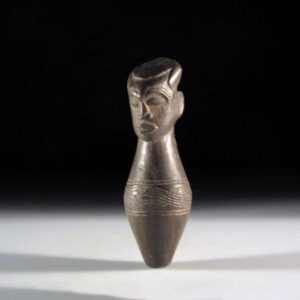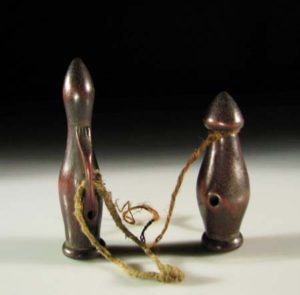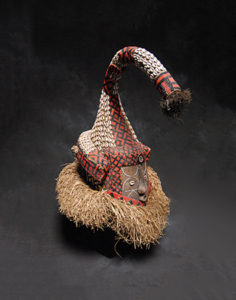During the 16th century, the Kuba migrated from the north and settled between the Sankuru and Kasai Rivers. When they arrived, however, they found that the Twa already lived there. The Twa were eventually absorbed into the Kuba Kingdom but retained some independent cultural characteristics. Today, the Kuba number 250,000 and are subdivided into a number of tribes – the Bushoong, the Ngeende, the Kete, the Lele, the Binji, the Dengese, the Mbuun and the Wongo. Each clan pays tribute to the Nyim, the king of the Bushoong ruling clan, but their internal affairs are dealt with autonomously. The Bushoong king and his court lived in a closed palace, known as the Mushenge. The king was responsible for the wealth and fecundity of his people. Each of the ethnic groups has a representative in residence at the Bushoong court. At one time the Kuba had a religion based on ancestor worship, but this seems to have died out, although divination is still practiced in order to discover causes of evil. Also, dogs are seen throughout the region as responsible for delivering the will of the god, whether it be through hunting or through the diviner.
Each clan within the Kuba kingdom produced artistic objects with specific characteristics, but there are common stylistic features, including predilection for incised geometric decoration. Cups, zoomorphic divination instruments and boxes were produced throughout the realm.”
Source:
Baquart, Jean-Baptiste. The Tribal Arts of Africa. New York: Thames and Hudson Inc.t

